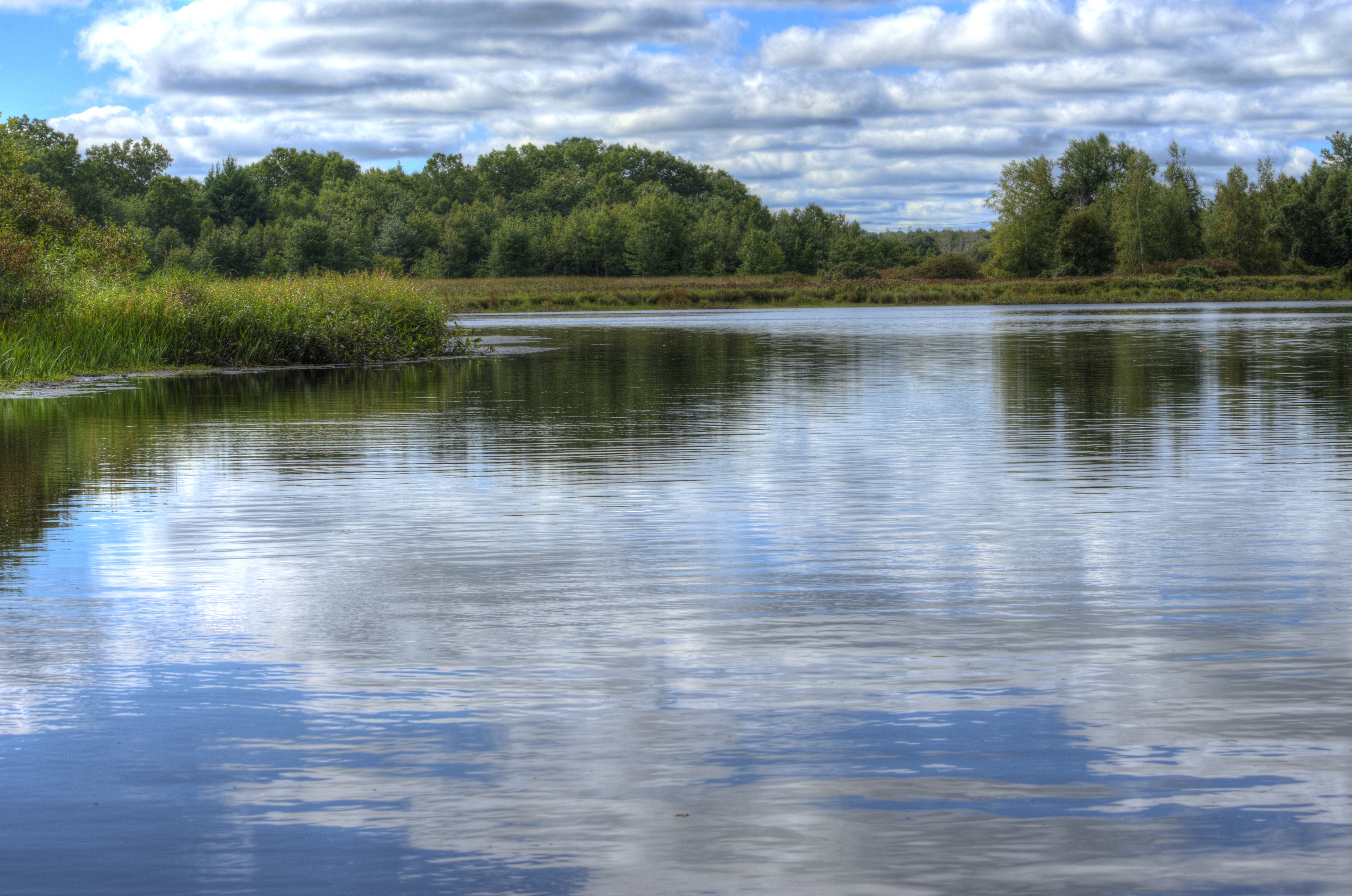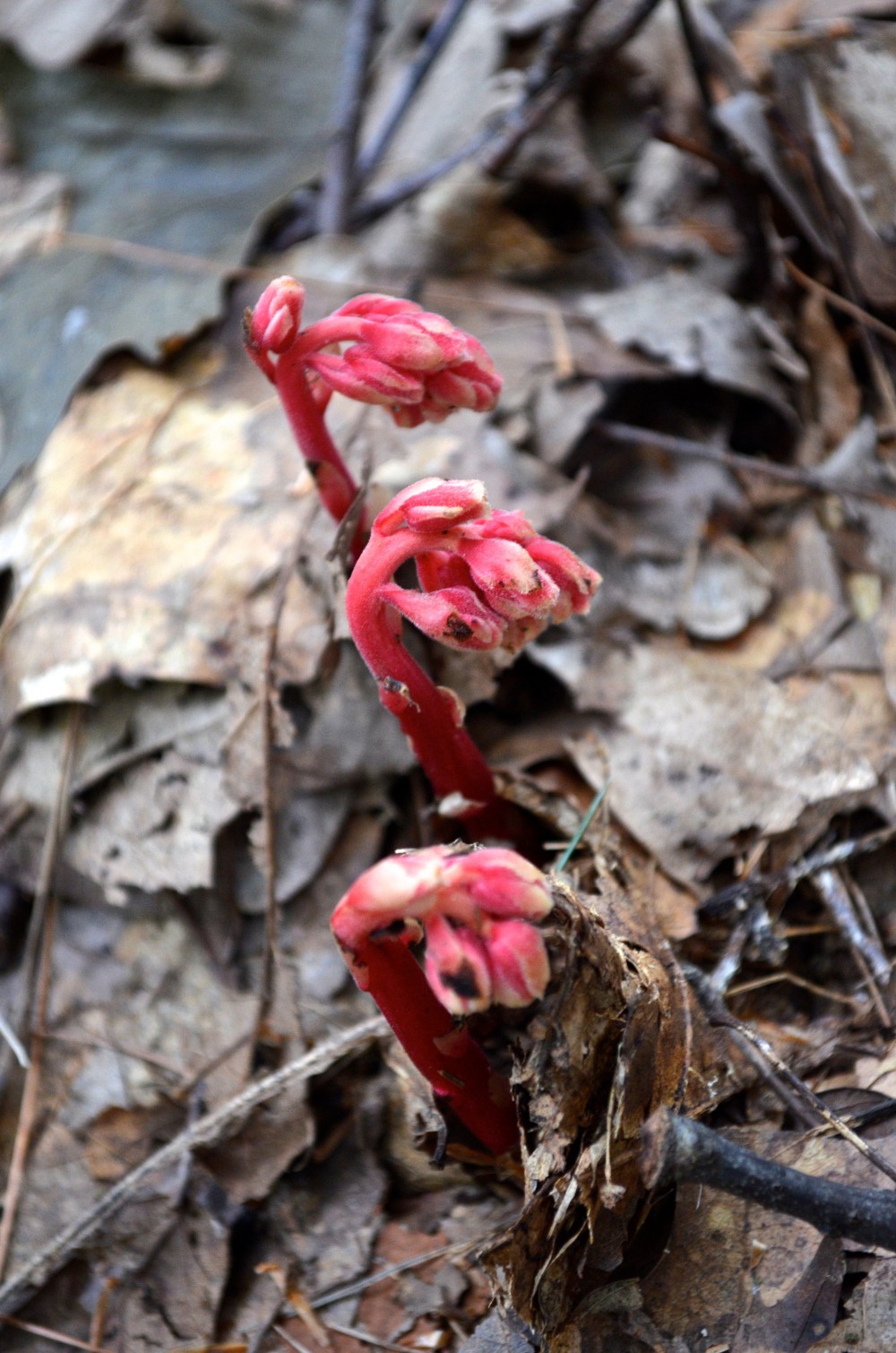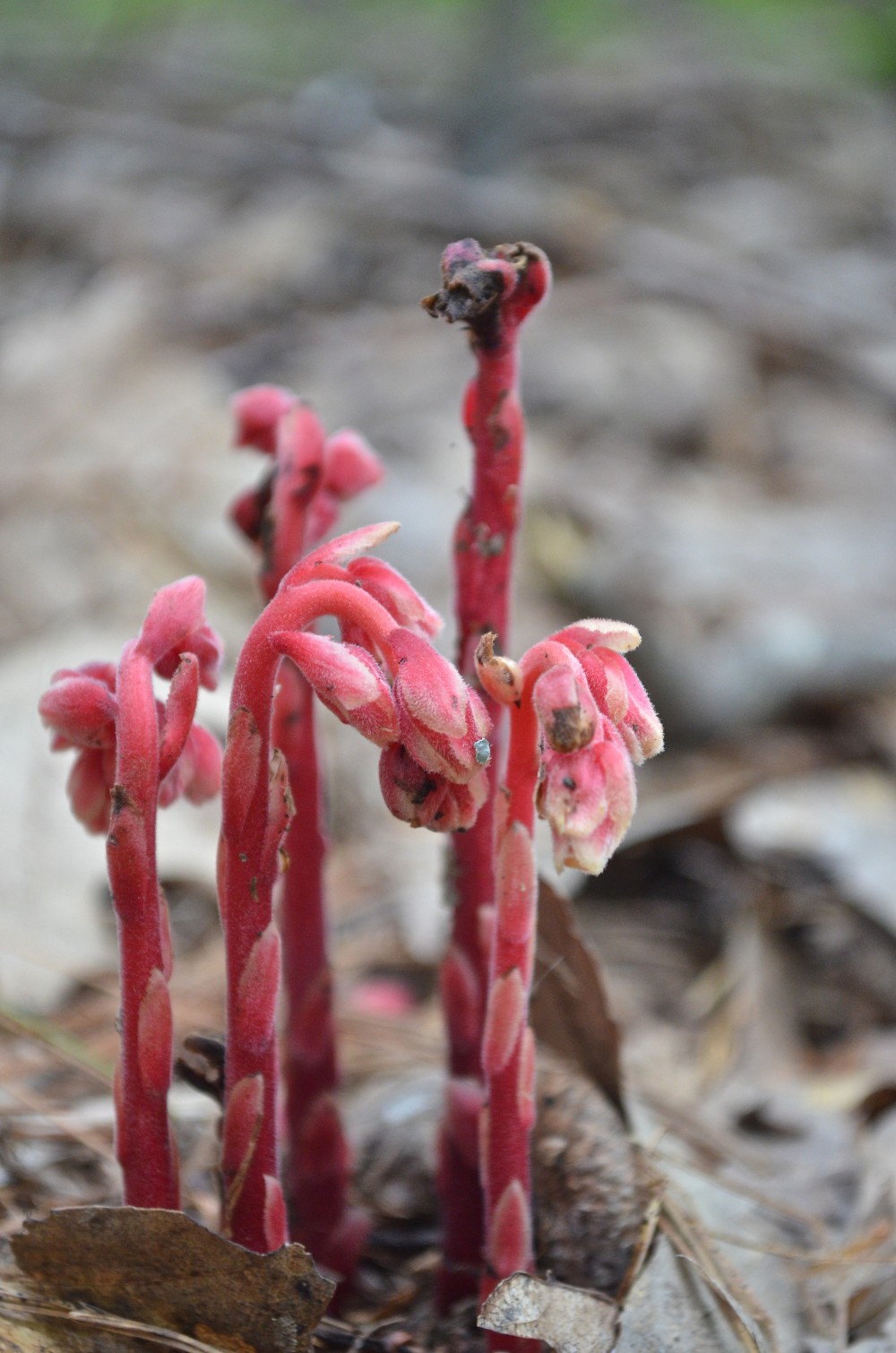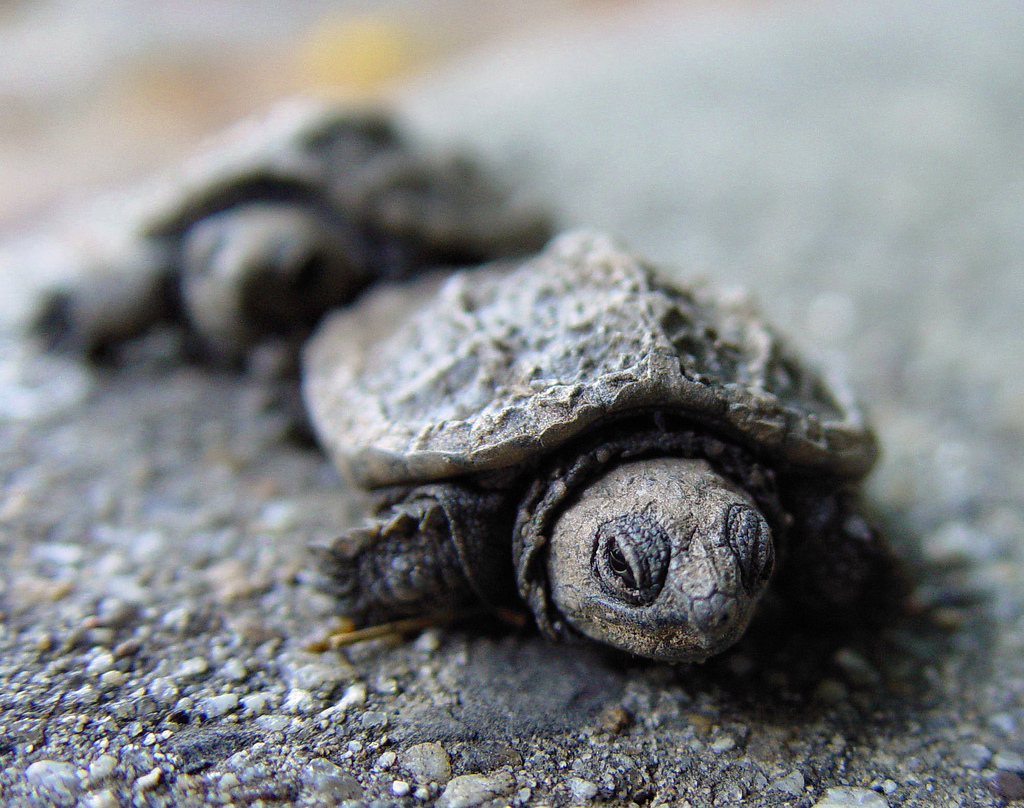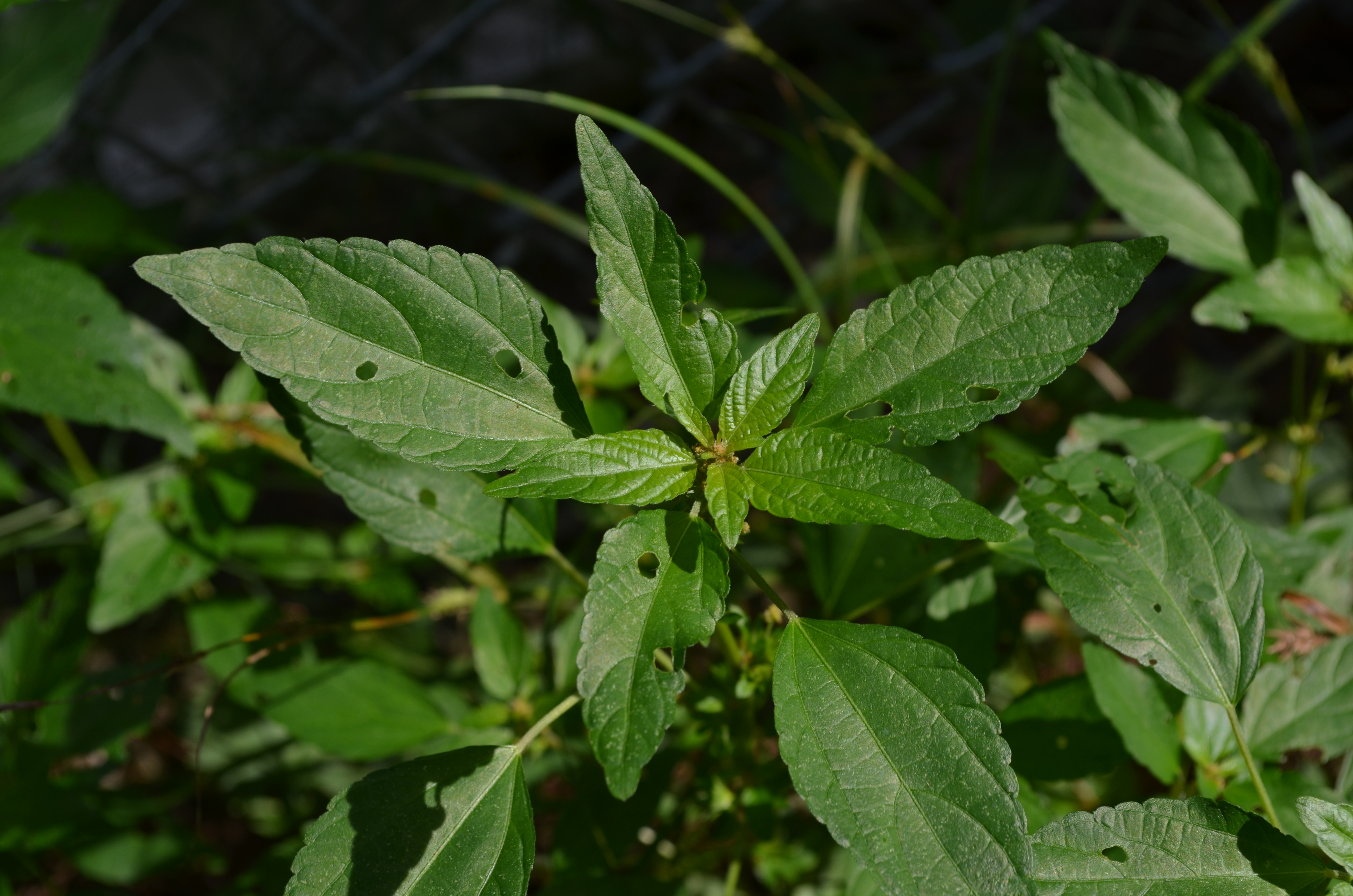This morning we took a paddle on the Charles River. This bit borders Cutler Park and is about 20 miles upstream from Boston Harbor. I was trying to take a picture of an egret farther away when I realized we were really close to this well-camouflaged heron hiding in the pickerel weed!
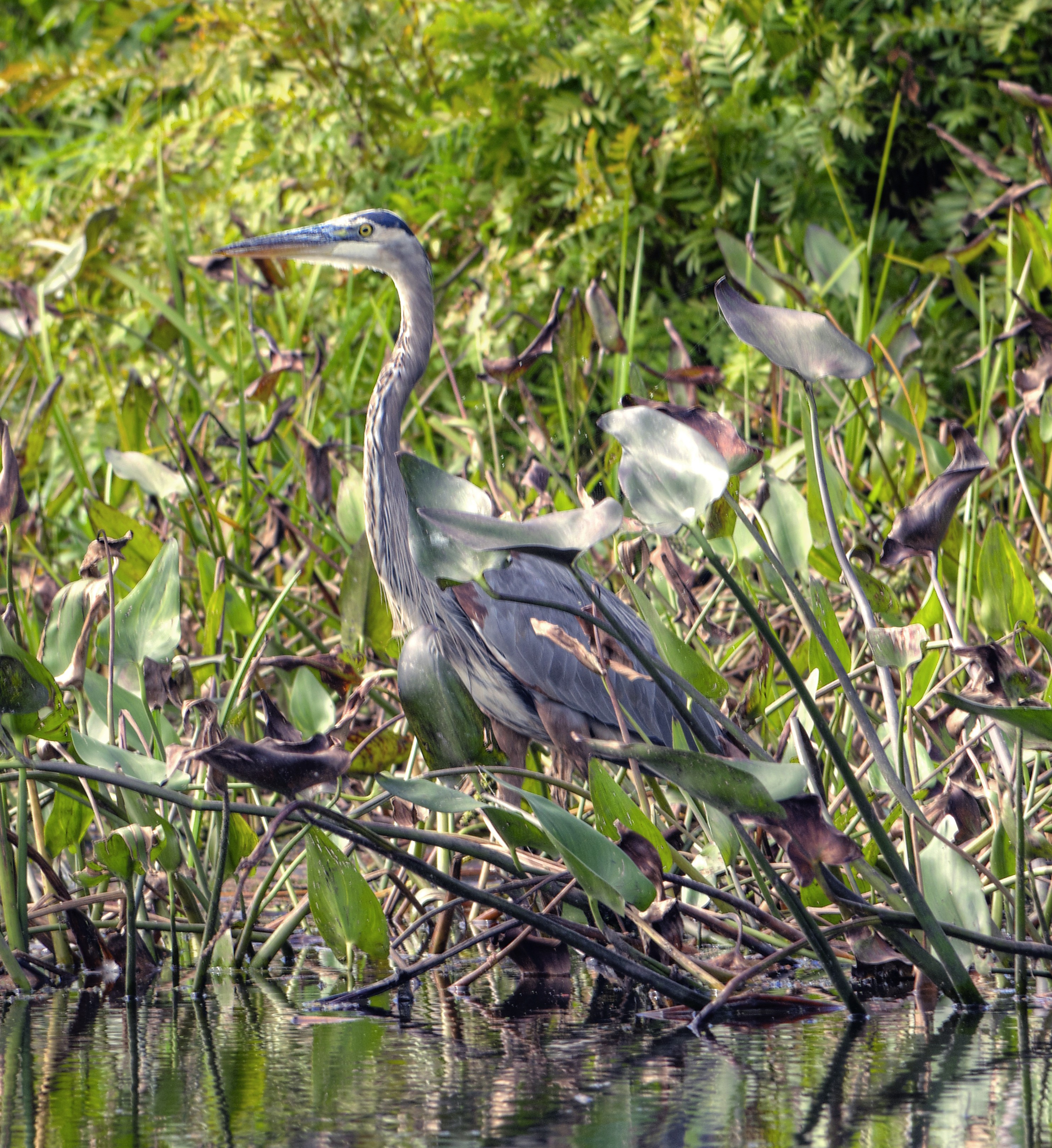 The closest I’ve ever been to one — thrilling surprise! So tall — I feel like it was head-level with me in the canoe. Later we saw another one which had caught a fish…
The closest I’ve ever been to one — thrilling surprise! So tall — I feel like it was head-level with me in the canoe. Later we saw another one which had caught a fish…
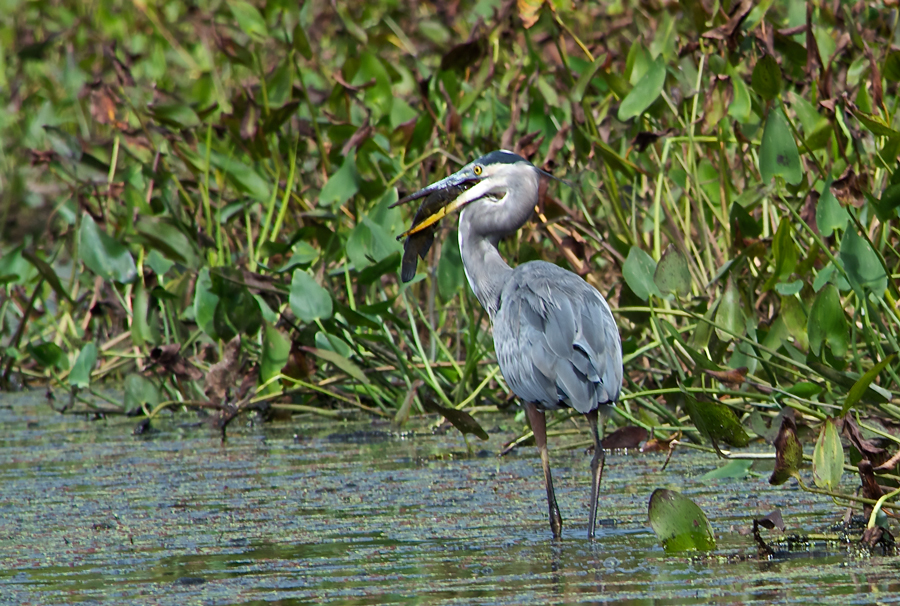 It flew off and I was not ready with right camera settings… so here’s a terrible blur of a great sight:
It flew off and I was not ready with right camera settings… so here’s a terrible blur of a great sight:
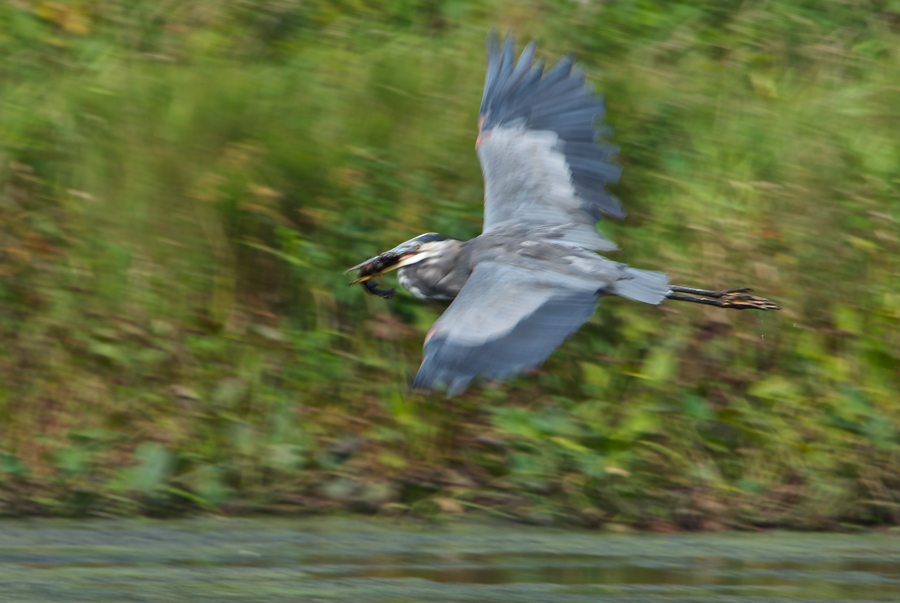 Great Blue Herons are about 4 feet tall. They eat mainly fish, but also crabs, insects, frogs, small rodents, snakes, dragonflies… Their favorite breeding areas are beaver swamps, and their favorite nesting areas are in the branches of dead trees down in the water. They mostly migrate, and come back to use the same rookery every year.
Great Blue Herons are about 4 feet tall. They eat mainly fish, but also crabs, insects, frogs, small rodents, snakes, dragonflies… Their favorite breeding areas are beaver swamps, and their favorite nesting areas are in the branches of dead trees down in the water. They mostly migrate, and come back to use the same rookery every year.
Bonus picture of the whole scene. An usually wide place in the river. Felt lucky to have a canoe, a beautiful day, this amazing place, and a friend to go with! and a camera!
